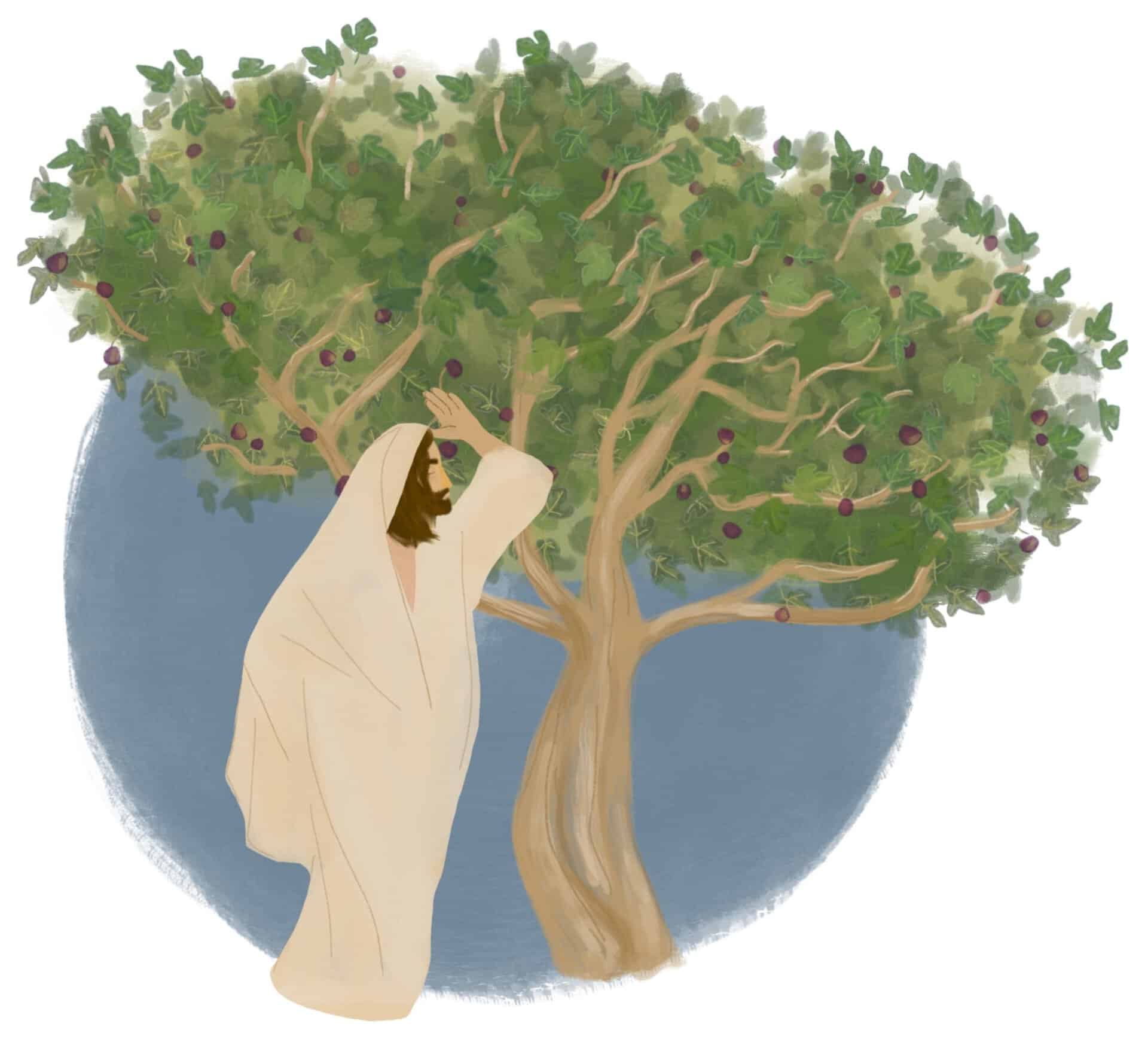
Studying biblical geography is crucial for gaining a deeper understanding of the historical context, cultural nuances, and geographical settings of the events and narratives depicted in the Bible. But many Christians overlook these details because they feel confusing or, worse, boring.
Bethany: A Place of Humility, Miracles, and Messianic Prophecy
”Six days before the Passover Feast, Jesus went to Bethany, where Lazarus lived.” (John 12:1a NIV)
-
Bethany, meaning “house of the poor” or “house of the humble,” holds profound significance in Jesus’ journey. In Bethany, Jesus performed remarkable miracles, such as raising Lazarus from the dead, and shared intimate moments with his close friends, including Martha, Mary, and Lazarus.
-
The choice of Bethany as a place of respite and connection before his entry into Jerusalem underscores Jesus’ affinity for humility and his deep bonds with those who loved and supported him.
-
The village of Bethany, situated near the Mount of Olives, holds significance as the starting point of Jesus’ triumphant entry into Jerusalem. His choice of riding a colt into the city fulfills Messianic prophecies and symbolizes humility and kingship.
-
Jesus’ deliberate actions, including his selection of Bethany and the colt, demonstrate his fulfillment of ancient prophecies and his deliberate path toward fulfilling his redemptive mission.
The Mount of Olives: A Place of Prophecy and Farewell
”Jesus went out as usual to the Mount of Olives, and his disciples followed him.” (Luke 22:39 NIV)
-
The Mount of Olives is a symbolic backdrop for pivotal moments in Jesus’ life, including his ascension into heaven after his resurrection. Its elevation and proximity to Jerusalem make it a powerful setting for prophetic declarations, such as the foretelling of the destruction of the Temple.
-
Jesus’ tearful gaze over Jerusalem from the Mount of Olives encapsulates his profound sorrow and love for humanity, underscoring the themes of redemption and reconciliation central to his mission.
Parable of the Fig Tree: Lessons in Faithfulness and Judgment
”The next day as they were leaving Bethany, Jesus was hungry. Seeing in the distance a fig tree in leaf, he went to find out if it had any fruit.” (Mark 11:12-13 NIV)
-
Jesus’ parable of the fig tree, delivered on the slopes of Mount of Olives, conveys timeless lessons about faithfulness, judgment, and the consequences of spiritual barrenness. By drawing parallels to the agricultural laws of Leviticus, Jesus underscores the spiritual renewal and fruitfulness he seeks in his followers.
-
This parable invites us to reflect on our spiritual journey and the importance of bearing fruit in alignment with God’s purposes.
Put it into practice.
I love picturing these places as it is a tangible reminder that our Savior walked in dusty sandals. He climbed hills, met with average farmers, and used this beautiful location as the backdrop to share his message of hope and life with a hurting world.
I encourage you to look out your window and reflect on how Jesus’ message can transform where you are living today.

